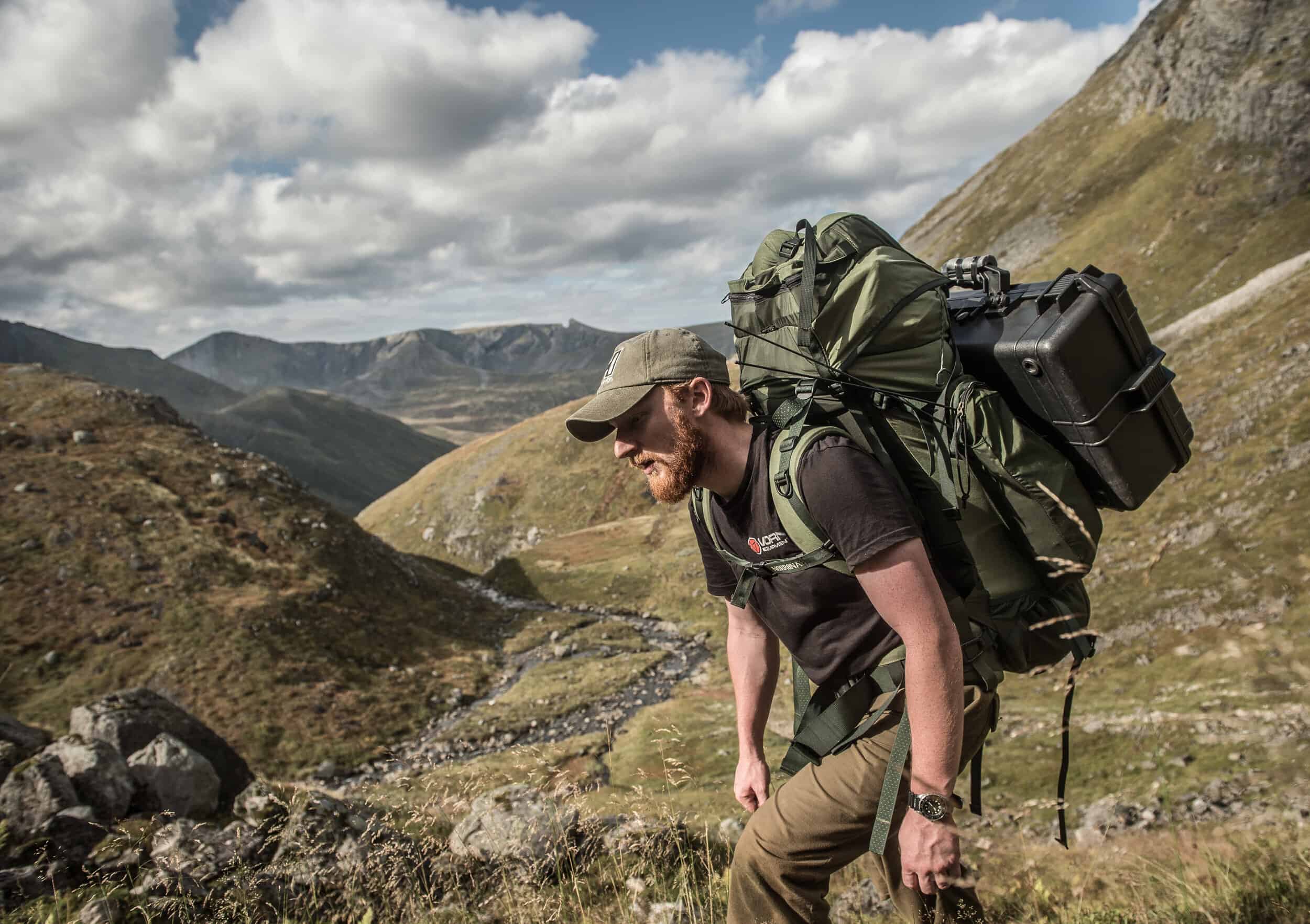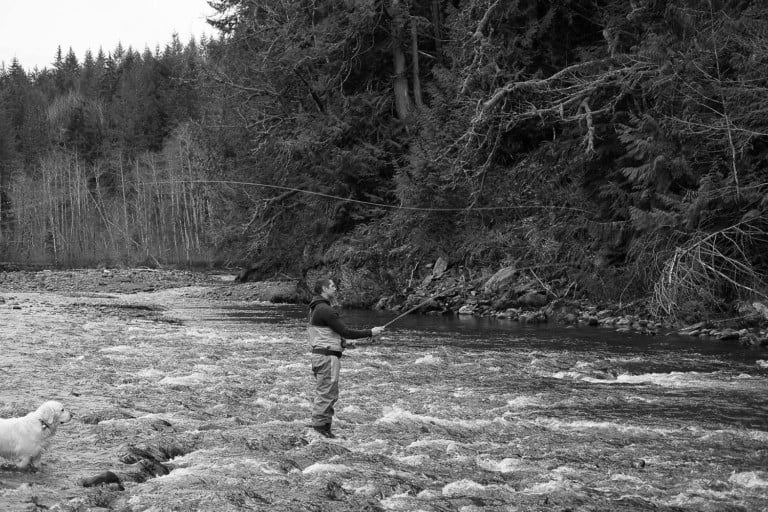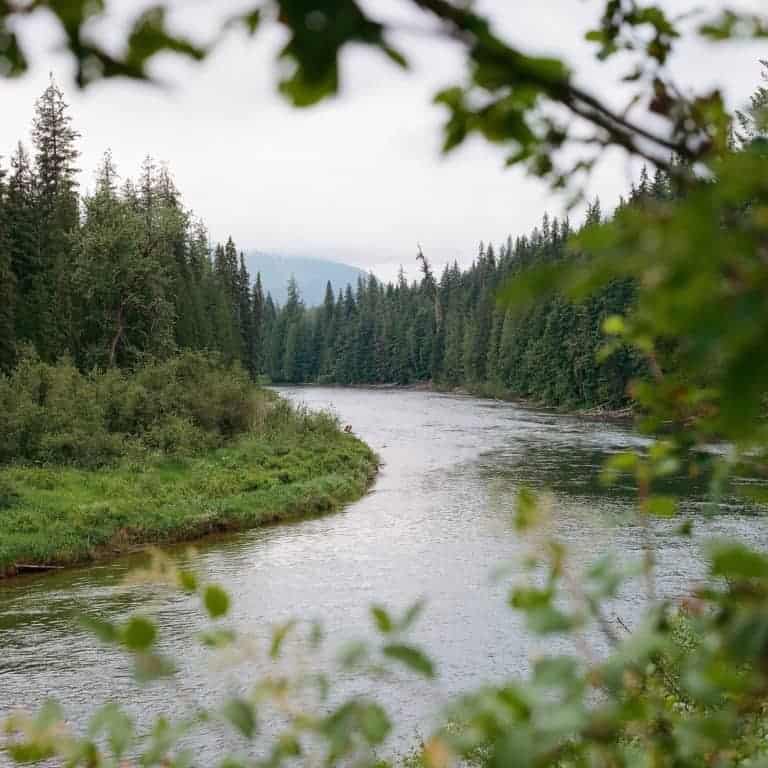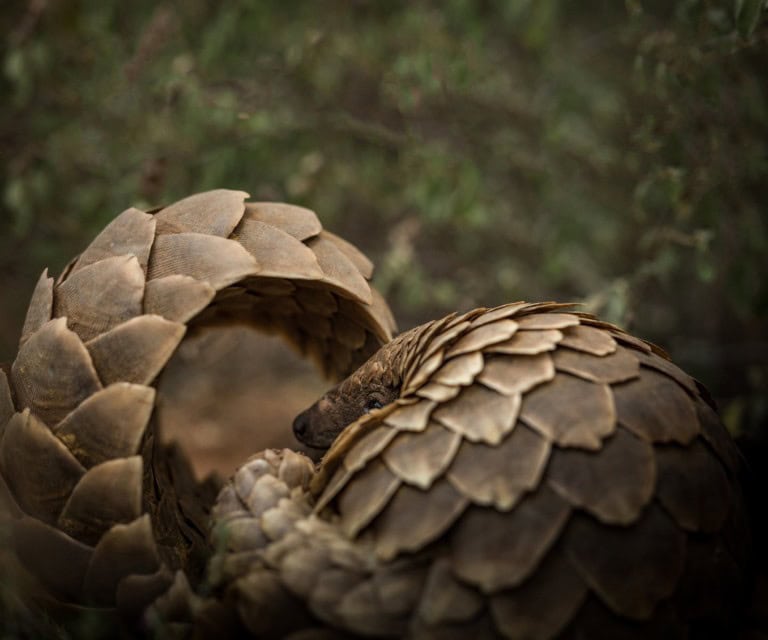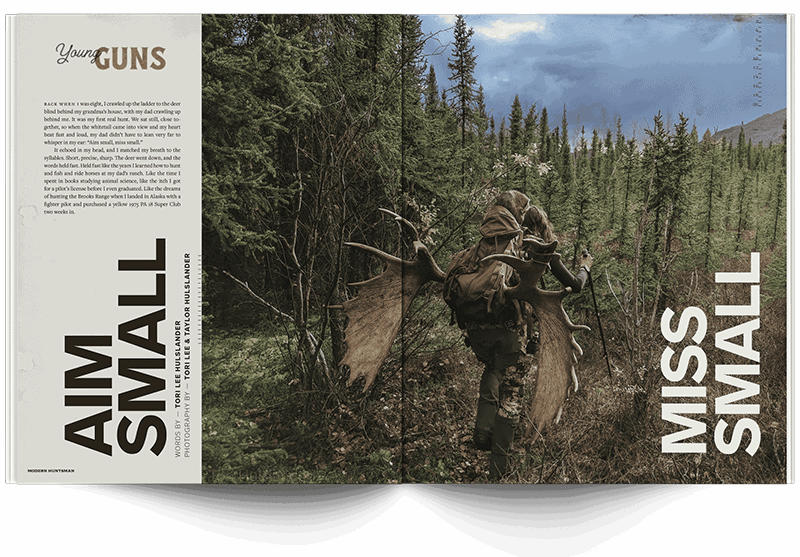A willingness to understand ideas and concepts which push our ideological boundaries creates a foundation for embracing the world with greater intention, fairness, and a more profound respect for disparate cultures and the greater web of eco-systems which span the planet.
In acknowledgement of the outstanding and vital content being created by journalists in other publications and media, we will be presenting a selection of stories each month that have helped us better understand our world.
These articles will span the spectrum of environmental, social and conservation issues which bind our lives together. This month we highlight two deceptively important stories focusing on the soil beneath our feet.
As I ink the metaphoric pages of this month’s column, apples are falling from the trees outside and the leaves are composing their autumnal tartan. Four weeks ago I heard the first geese flying over my house, returning from their summer breeding grounds. For many people, these markers of seasonal change are mere background noise to a world they don’t understand. Herein lies the fundamental challenge of our time: re-integrating people with nature. In Modern Huntsman Volume Six, I will carry on this idea in an extensive article on the resilience of biodiversity and the future of conservation. In the meantime, I challenge you to think about the future you want. How do we maximise the utility of human well-being while creating space for the other wild creatures of the planet?
A Life On Our Planet
To kick this month off, and present a little more food for thought, is a feature documentary released only a week ago. Sir David Attenborough’s A Life On Our Planet, is his ‘witness statement’ to a changing world and the impact humans are having. As one would expect it is exceptionally well-produced, encapsulating a
